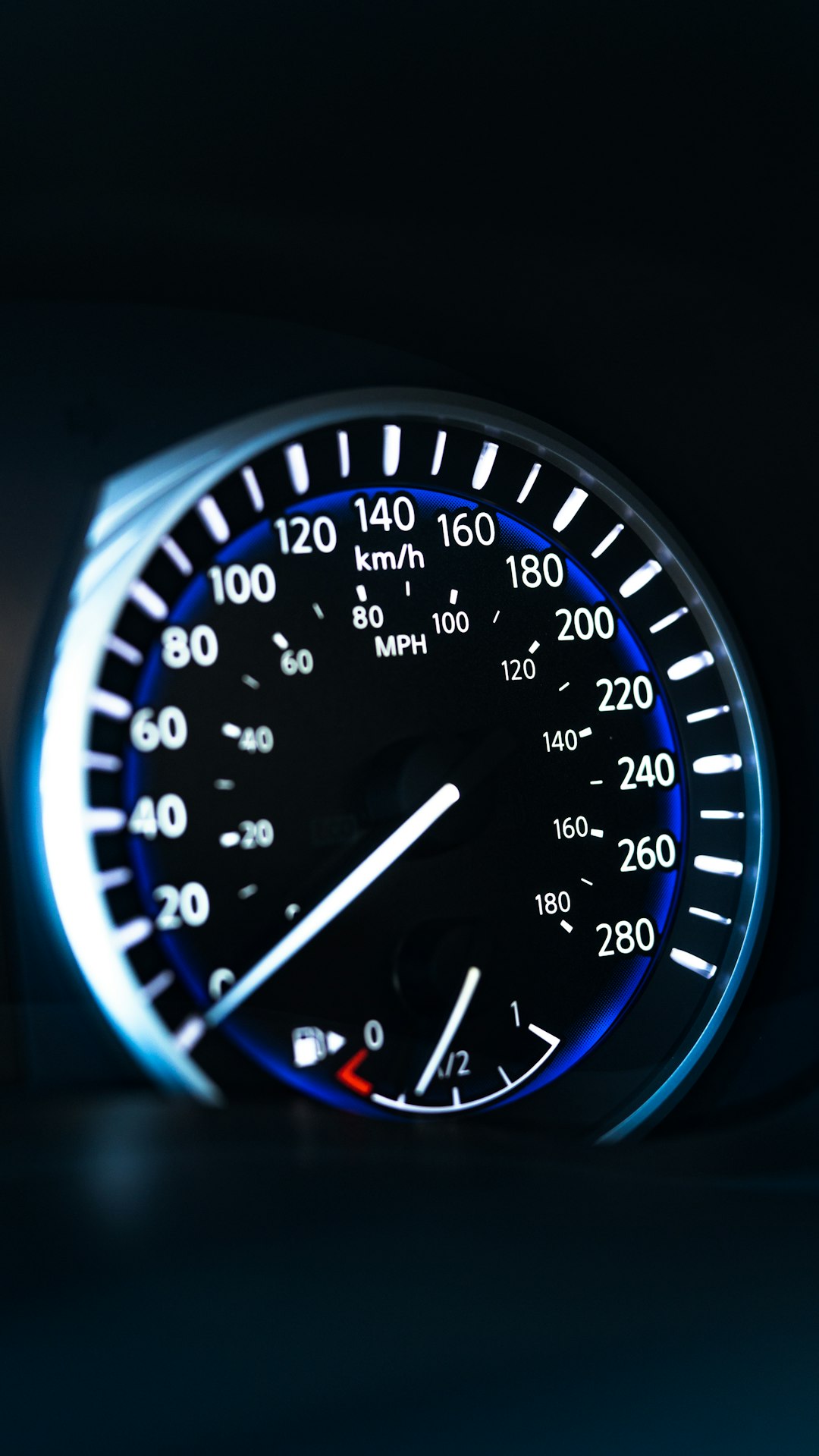Images are a big part of the web. They make pages look good, share stories, and help users connect. But they can also slow things down. This is where LazyLoad comes in handy. It’s a simple trick that saves your website speed by loading only the images people are actually going to look at.
What is LazyLoad?
Lazy loading postpones loading images until they are needed. Instead of loading all images when the page loads, it loads them as the user scrolls down. That’s all there is to it!
Think of it like this: you wouldn’t throw all your clothes on the bed if you’re only going to wear one shirt today, right?
Lazy loading works the same way—load what’s needed, when it’s needed.
Why Use LazyLoad?
- Faster page loading: Fewer images load immediately, so users see your page faster.
- Better performance on mobile: Saves bandwidth for mobile users.
- Improves user experience: No more waiting forever to see your site.
- SEO love: Search engines prefer fast sites and might rank you higher.
So yes, lazy loading can make your website faster and friendlier for users.
How to Implement LazyLoad
There are a few ways to add lazy loading to your images. Some of them are super easy!
1. Use the loading="lazy" Attribute
This is the simplest way to do it. It’s supported in most modern browsers.
<img src="image.jpg" alt="A cool image" loading="lazy">And just like that, your image will only load when it appears on screen!
2. Use a JavaScript Library
If you need more control, go for a library like LazyLoad.js or Lozad.js. These libraries offer smooth animations, fade-ins, and even ways to load background images.
Here’s how you can use Lozad:
<script src="https://cdn.jsdelivr.net/npm/lozad/dist/lozad.min.js"></script>
<img data-src="image.jpg" alt="Another cool image" class="lozad">
<script>
const observer = lozad();
observer.observe();
</script>
This way, the image loads only when it enters the viewport.
3. WordPress Plugins
Using WordPress? You’re in luck. Many plugins like WP Rocket, Smush, or Lazy Load by WP Rocket can handle this for you. You don’t need to touch any code!
Where to Use Lazy Loading
Alright, not every image needs lazy loading. But here are some places where it shines:
- Blog posts with many images
- Product listings with lots of thumbnails
- Portfolio or gallery pages
- Any long-scrolling website
Basically, if your page is heavy on images and long to scroll, go for it.
Image not found in postmetaWhen Not to Use LazyLoad
Now comes the important bit. LazyLoad isn’t always the magic solution. Sometimes, it’s better not to use it.
1. Above-the-Fold Images
Above-the-fold means the part of your site people see first—before they scroll. These images should load immediately. Adding lazy loading here can delay them unnecessarily and create a blank spot. No one wants that.
2. Hero Images or Banners
Same reason. Your hero image is the star of the show. If it shows up late, the experience feels broken.
3. SEO Crawlers
Although Google handles JavaScript better now, it’s still a good idea to avoid lazy loading important images you want indexed. For example: logos, featured images, or Open Graph images. Load these the normal way.
4. Small Images
If an image is really tiny (like an icon), there’s no point in delaying it. It loads fast anyway.
Lazy loading small things is like waiting to eat a grape. Just eat the grape!
Performance Tips
Lazy loading can help performance, but don’t stop there. Use these additional tips to make your site super snappy:
- Compress images: Make them small but still pretty.
- Use modern formats: WebP is smaller and faster than JPG or PNG.
- Set image dimensions: This prevents content from jumping around.

Testing Lazy Loading
Once you add lazy loading, test your website:
- Scroll down the page. Do images pop up as expected?
- Switch devices. Try mobile. Try a slow connection.
- Use tools. Tools like Google PageSpeed Insights or Lighthouse can help you measure results.
Don’t just install and walk away. Make sure it’s helping, not hurting.
LazyLoad Best Practices
- Only lazy load what truly needs it.
- Don’t lazy load images that show first on the screen.
- Always include
altattributes for accessibility and SEO. - Use
loading="lazy"for quick and simple wins. - Test after implementing to be sure everything works!
Real World Example
Meet Sarah. She runs a food blog and posts lots of delicious recipe photos. Her site used to take forever to load because of all those mouth-watering images.
She added lazy loading using the loading="lazy" attribute and installed an image compression plugin. Boom! Her page load time dropped by 40%.
Now visitors stay longer, engage more, and her bounce rate is down. All thanks to a tiny change.

Final Thoughts
Lazy loading is a simple but powerful tool to improve your site’s speed and user experience. But like all good things, it needs to be used wisely.
Load smart. Keep your site fast. And give your users a delightful experience, whether they’re on a phone in a coffee shop or a laptop at home.
Now go ahead. Give LazyLoad a try. Your site visitors—and your future self—will thank you!